Wisconsin lawmakers push nuclear support
A joint resolution under consideration in the Wisconsin legislature aims to declare and promote the state’s support for nuclear power and willingness to deploy additional sources.

A message from Goodway Technologies
Optimizing Maintenance Strategies in Power Generation: Embracing Predictive and Preventive Approaches
A joint resolution under consideration in the Wisconsin legislature aims to declare and promote the state’s support for nuclear power and willingness to deploy additional sources.

Lisa Marshall
president@ans.org
As I watched the coverage of former U.S. president Jimmy Carter’s earthly farewell, I reflected on being too young to remember his presidency yet being impacted many years later. A man of service, Carter had a connection to the nuclear field, and his experiences shaped his decisions and our enterprise.
Carter was admitted into the U.S. Naval Academy in 1943 and successfully graduated in the top 10 percent of his class. He was chosen by Admiral Rickover, after the legendary two-hour rite of passage interview, to be a naval submariner.
In December 1952, an experimental nuclear reactor in Chalk River, Ontario, experienced mechanical problems compounded by operator error that damaged the reactor core. Carter was part of the team that helped in the cleanup and repair operation.
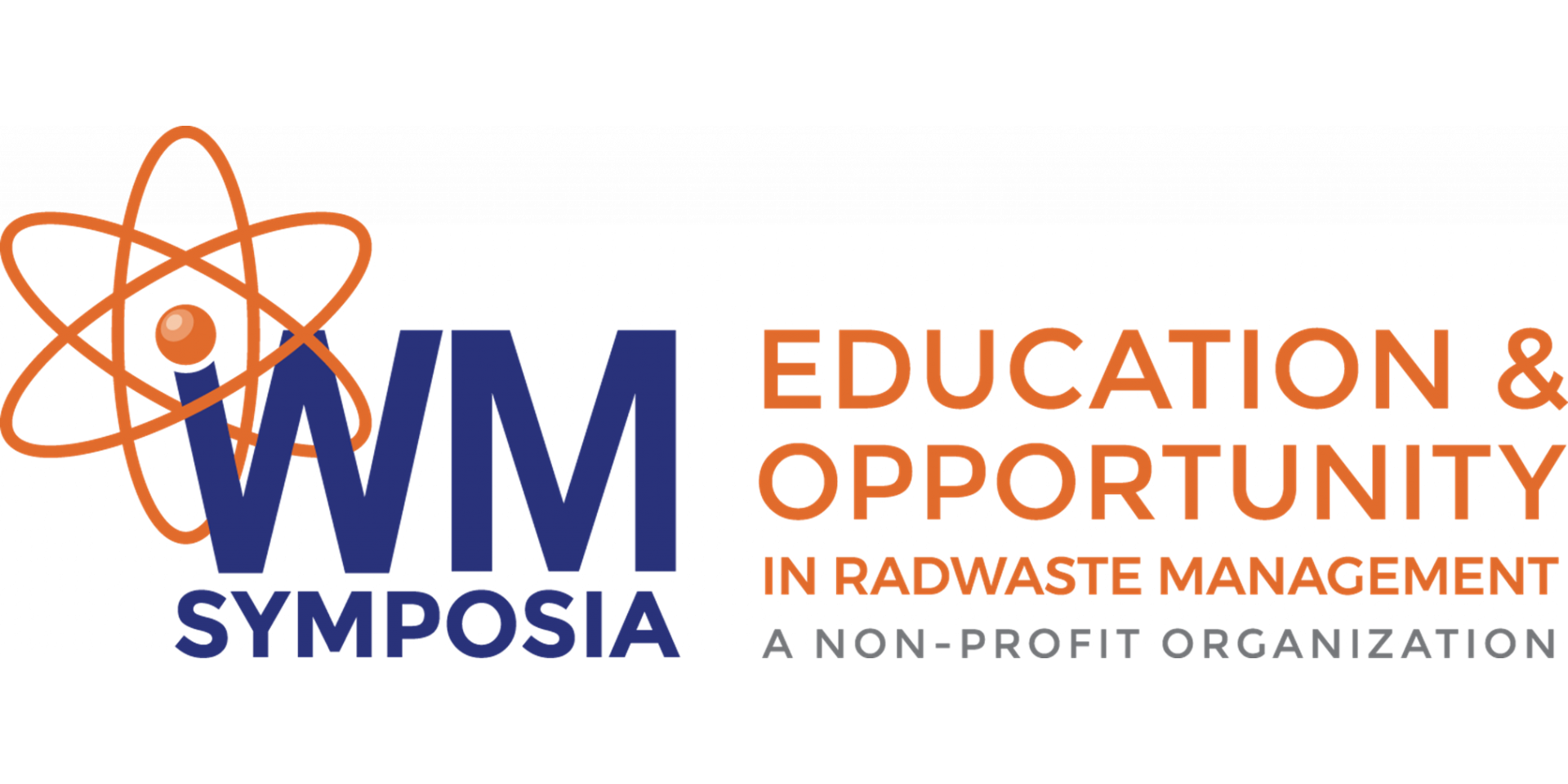
WM Symposia (WM), which hosts the Waste Management Conference every year in Phoenix, Ariz., has launched a science, technology, engineering, and mathematics (STEM) Educators’ Council to support educators as they prepare students for potential careers in the nuclear industry.
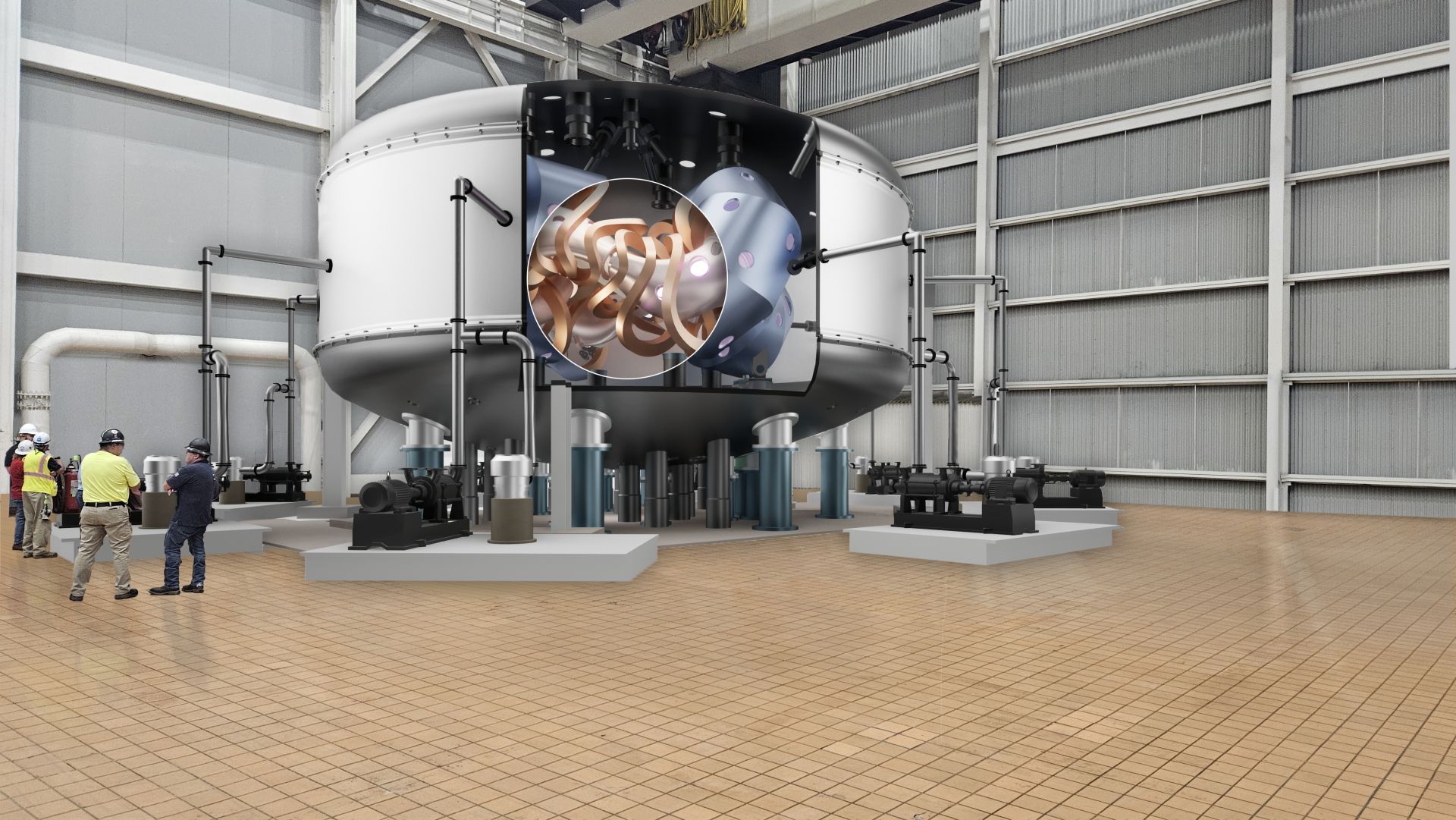
Type One Energy said it has entered into a cooperative agreement with the Tennessee Valley Authority to jointly develop plans for a potential TVA fusion power plant project in the Tennessee Valley region using Type One Energy stellarator fusion power technology. The company said its 350-MWe fusion pilot power plant, named Infinity Two, could provide a complementary source of baseload electrical generation for the region as early as the mid-2030s.
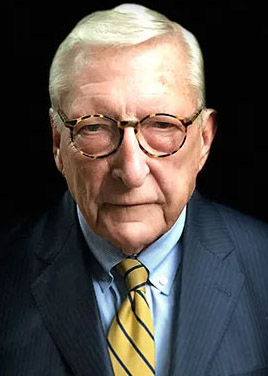
Garrish
Theodore “Ted” Garrish—who has spent more than four decades working in nuclear—is President Donald Trump’s nominee to serve as the Department of Energy’s assistant secretary for nuclear energy, or, NE-1.
The nomination was referred to the U.S. Senate’s Committee on Energy and Natural Resources on February 3. Garrish previously held the office from 1987 to 1989 under President Ronald Reagan. Most recently, Kathryn Huff held the NE-1 post, and Michael Goff has served as interim assistant secretary since Huff stepped down in May 2024.
Garrish’s most recent term in public office was as assistant secretary for the Office of International Affairs at the Energy Department, from 2018 to 2021, during Trump’s first term. Supporters say Garrish’s 40-plus years working in the nuclear industry and in nuclear energy oversight positions makes him more than qualified to serve in the DOE office again.

The government of South Africa has announced the passing of Senamile Masango, the country’s first black female nuclear scientist. The 37 year old, who many South Africans thought of as the “queen of science,” died on February 9 from undisclosed causes. Deputy President Paul Mashatile described Masango as “a beacon of hope for many young people, especially women.”

Nuclear powerhouse Constellation Energy announced Tuesday it will spend roughly $100 million to upgrade critical electrical systems and plant equipment at its Calvert Cliffs nuclear power plant, where the company may pursue license renewals.
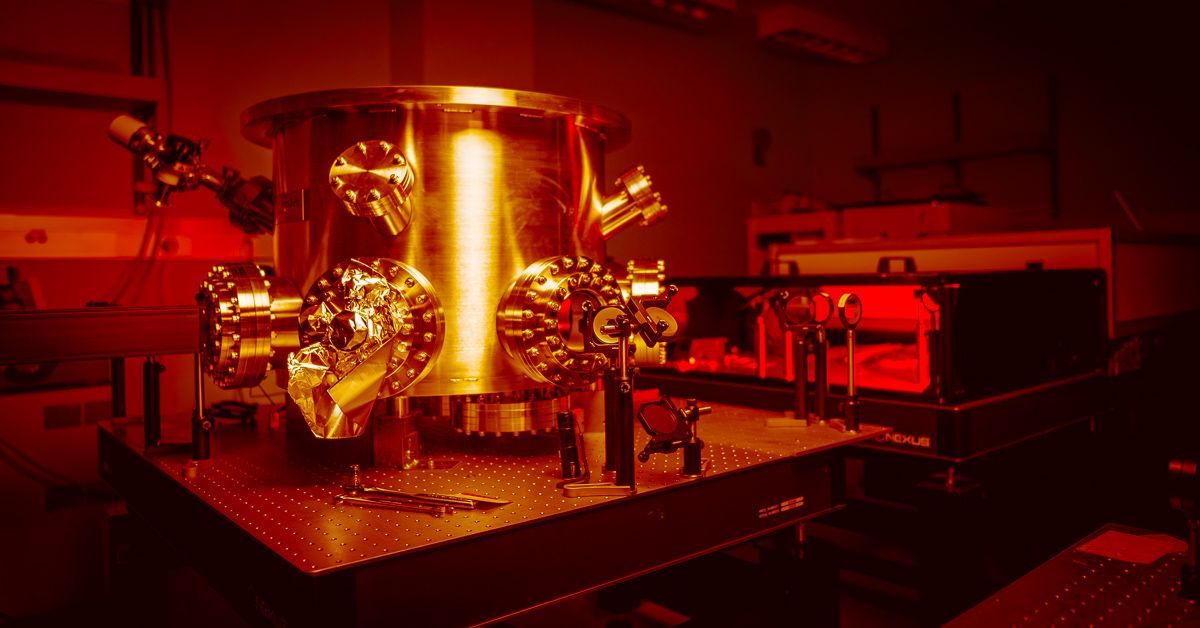
The University of California–San Diego has joined a new research collaborative focused on overcoming critical obstacles in developing and scaling up inertial fusion power plants. Led by San Diego-based General Atomics, the group was one of six research teams that were collectively awarded $107 million in January by the Department of Energy as part of the Fusion Innovative Research Engine (FIRE) Collaboratives.
It’s been less than two years since Germany shuttered its three remaining nuclear plants on April 15, 2023—the culmination of a decision reached during the backlash following the Fukushima Daiichi accident in Japan in 2011.
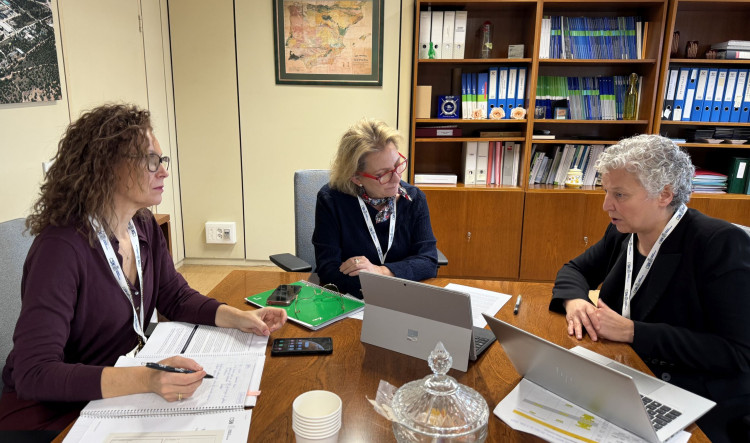
An International Atomic Energy Agency team has concluded that Spain has shown a strong commitment to nuclear and radiation safety, confirming that the country has successfully enhanced its regulatory framework, fully implementing IAEA recommendations made in 2018.
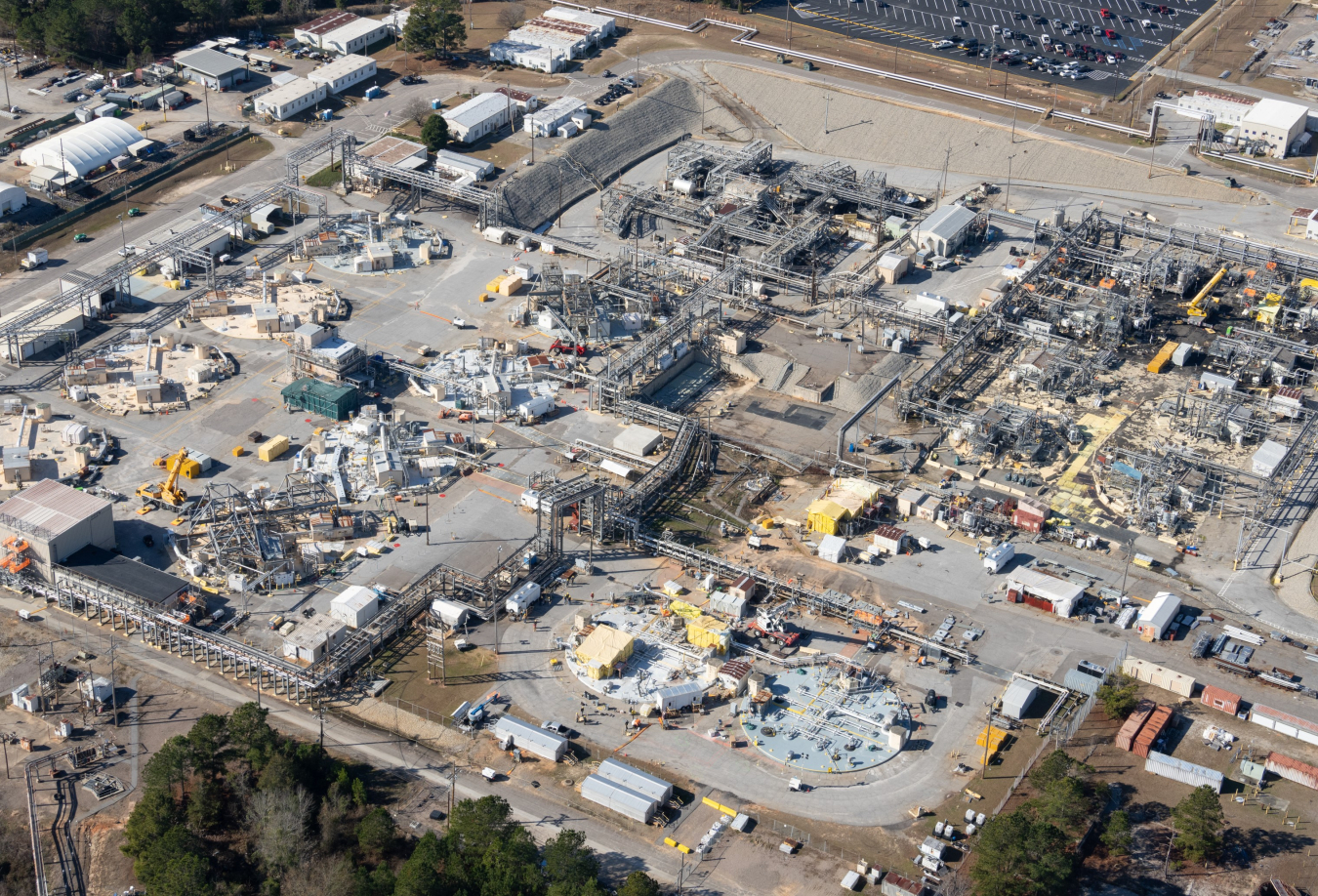
The Department of Energy’s Office of Environmental Management said it has reached a regulatory milestone ahead of schedule in preparing radioactive waste tanks for closure at the Savannah River Site in South Carolina. DOE-EM said it received concurrence in January from the South Carolina Department of Environmental Services (SCDES) and the U.S. Environmental Protection Agency that SRS had successfully removed waste from the site’s Tank 4 and may now proceed to waste sampling and analysis of that tank ahead of its closure.
The Roy G. Post Foundation announced on February 6 that a total of $310,000 in scholarships will be awarded this year to college students in recognition of their academic achievements, leadership qualities, and positive impacts on their communities.

The top three utilities in Arizona are teaming up to explore opportunities to add nuclear generation facilities in the state.
Arizona Public Service (APS), Salt River Project (SRP), and Tucson Electric Power (TEP) announced in a February 5 news release that they are working together to assess possible sites, including retiring coal plants. The group is looking at possibilities for both small modular reactors—units generating 300 MW or less—and potential large reactor projects, which could generate nearly five times the power.

Stephen Taller
We push materials to their breaking point for you.
Millions of Americans rely on nuclear energy. It provides 20 percent of electrical power in the United States—24 hours a day, 7 days a week, 365 days a year. To maintain this reliability, every material used in our reactors must work safely and efficiently.
I’m part of a team of world-class scientists, engineers, and technical professionals at Oak Ridge National Laboratory, testing and evaluating materials designed to thrive in one of the most complex environments on Earth. Nuclear reactors experience heavy stress loads, high temperatures, corrosive environments, and intense radiation fields. Combined, these forces can substantially impact the performance of cladding or other structural materials. We want to know where and under what conditions materials may fail to keep a reactor running safely and reliably.
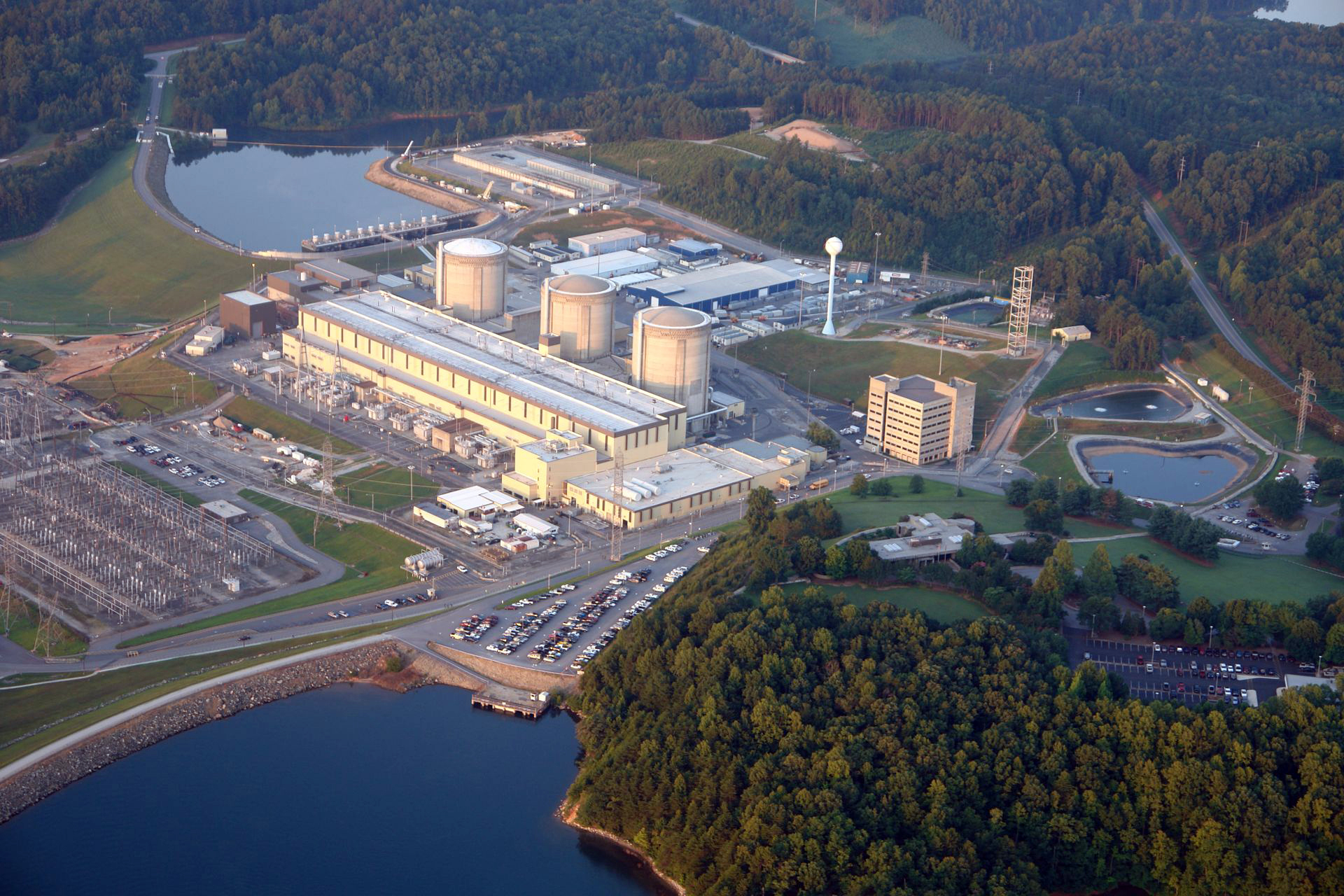
The Nuclear Regulatory Commission has published its final environmental impact statement for the proposed subsequent license renewal (SLR) for Oconee nuclear power plant's Units 1, 2, and 3.
AI-powered imaging from Argonne reveals hidden flaws in stainless steel and could boost safety in critical industries
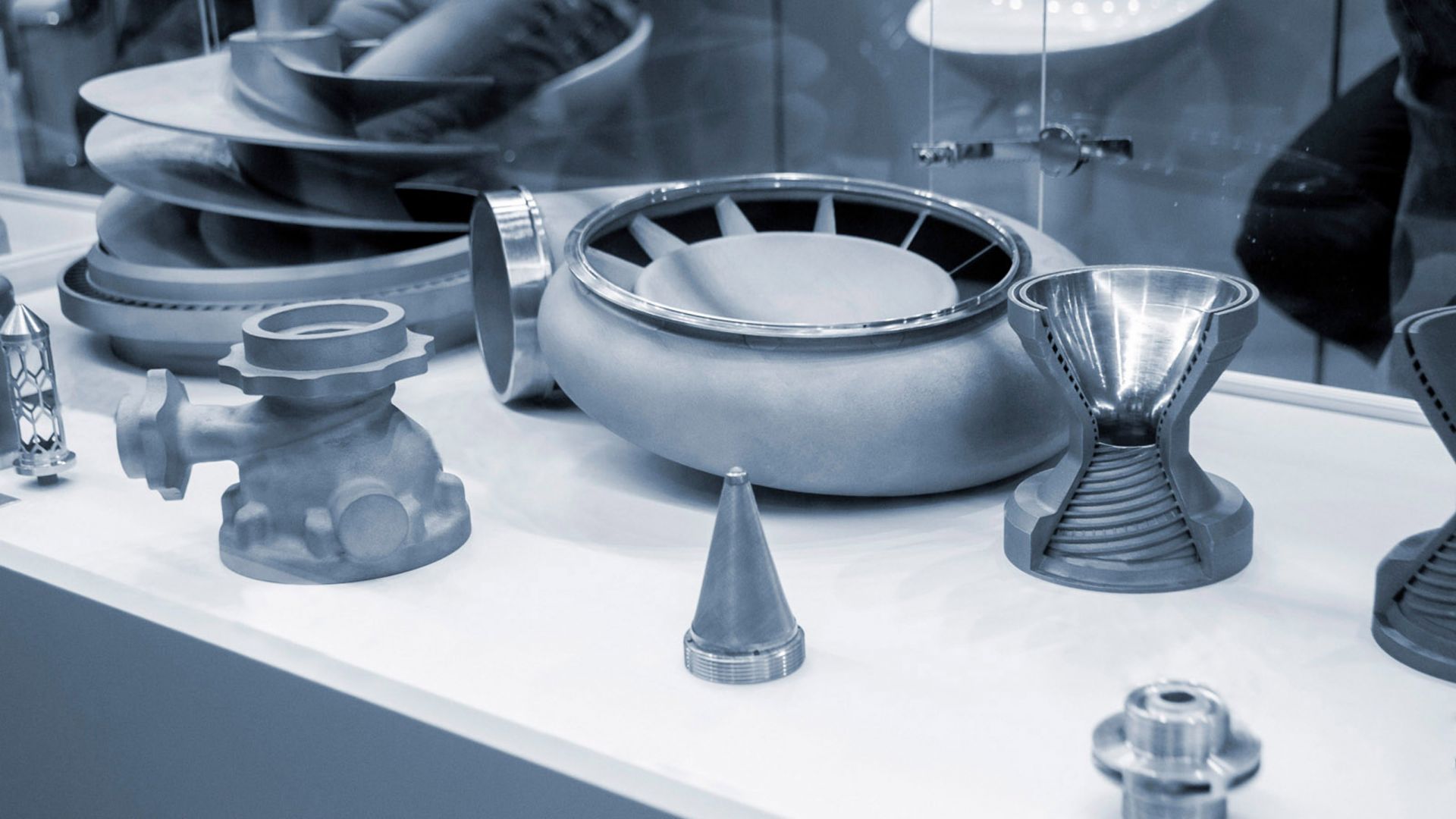
Imagine you’re constructing a bridge or designing an airplane, and everything appears flawless on the outside. However, microscopic flaws beneath the surface could weaken the entire structure over time.
These hidden defects can be difficult to detect with traditional inspection methods, but a new technology developed by scientists at the U.S. Department of Energy’s Argonne National Laboratory is changing that. Using artificial intelligence and advanced imaging techniques, researchers have developed a method to reveal these tiny flaws before they become critical problems.
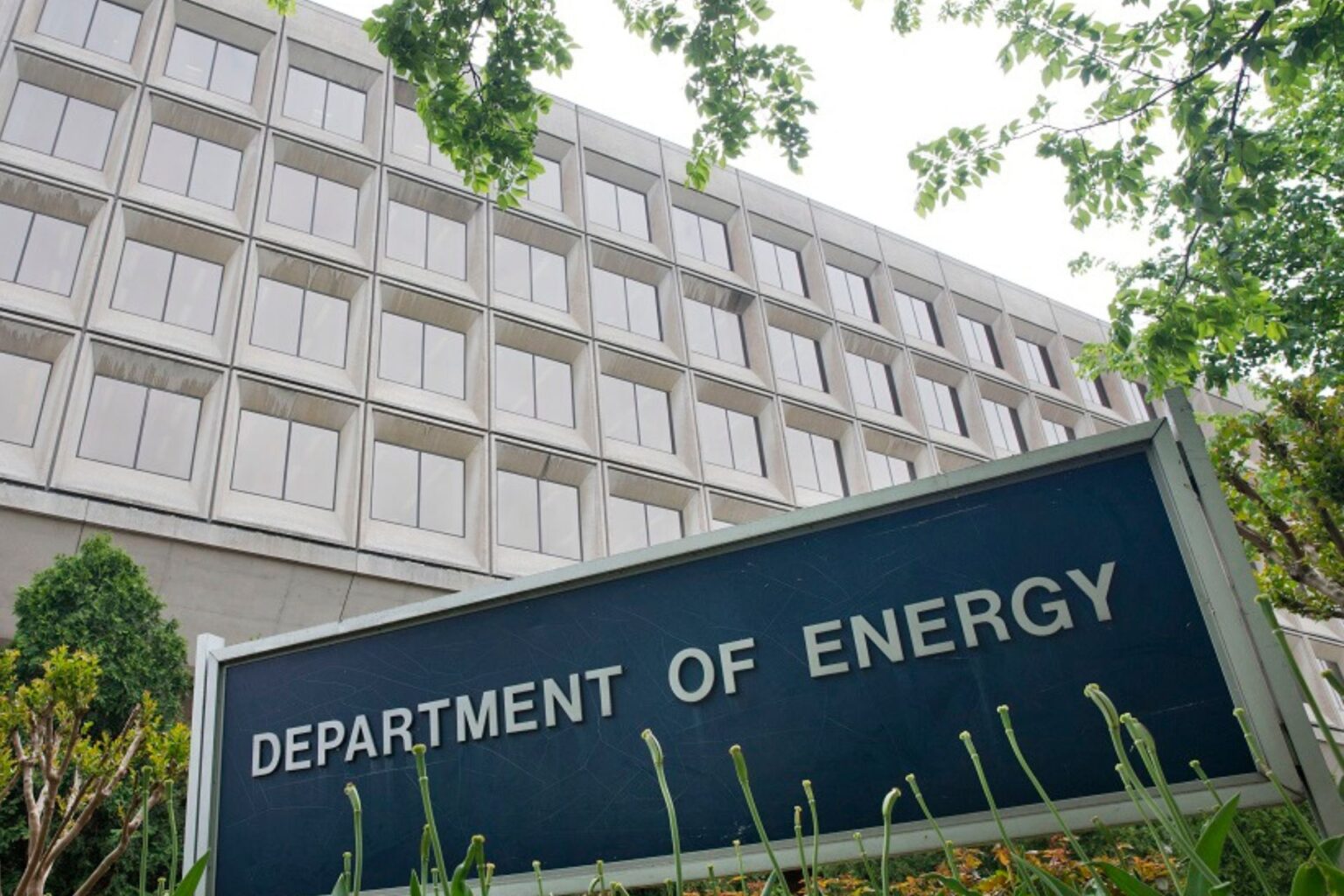
Energy secretary Chris Wright outlined his priorities and plans this week, including a focus on modernizing nuclear power and “taking the politics out” of energy discussions, especially as they relate to climate change.
Are you an energy genius? It’s hard to tell whether or not Americans are really aware of the energy that controls our lives, so the following energy quiz should be revealing. The answers are revealed as you take the quiz. Most answers can be found in the pages of the 2024 issues of Nuclear News—so if you’ve been a diligent NN reader you should do fine!
Scoring: Out of 20 questions, 0–5 correct answers means you may need to read up on energy so you’re not at the mercy of others; 6–10 correct answers is a good passing grade (I don’t curve); 11–15 means you’re energy literate; 16–19 means you should be advising Congress; 20 correct answers suggests you’re Mr. Spock reincarnated.
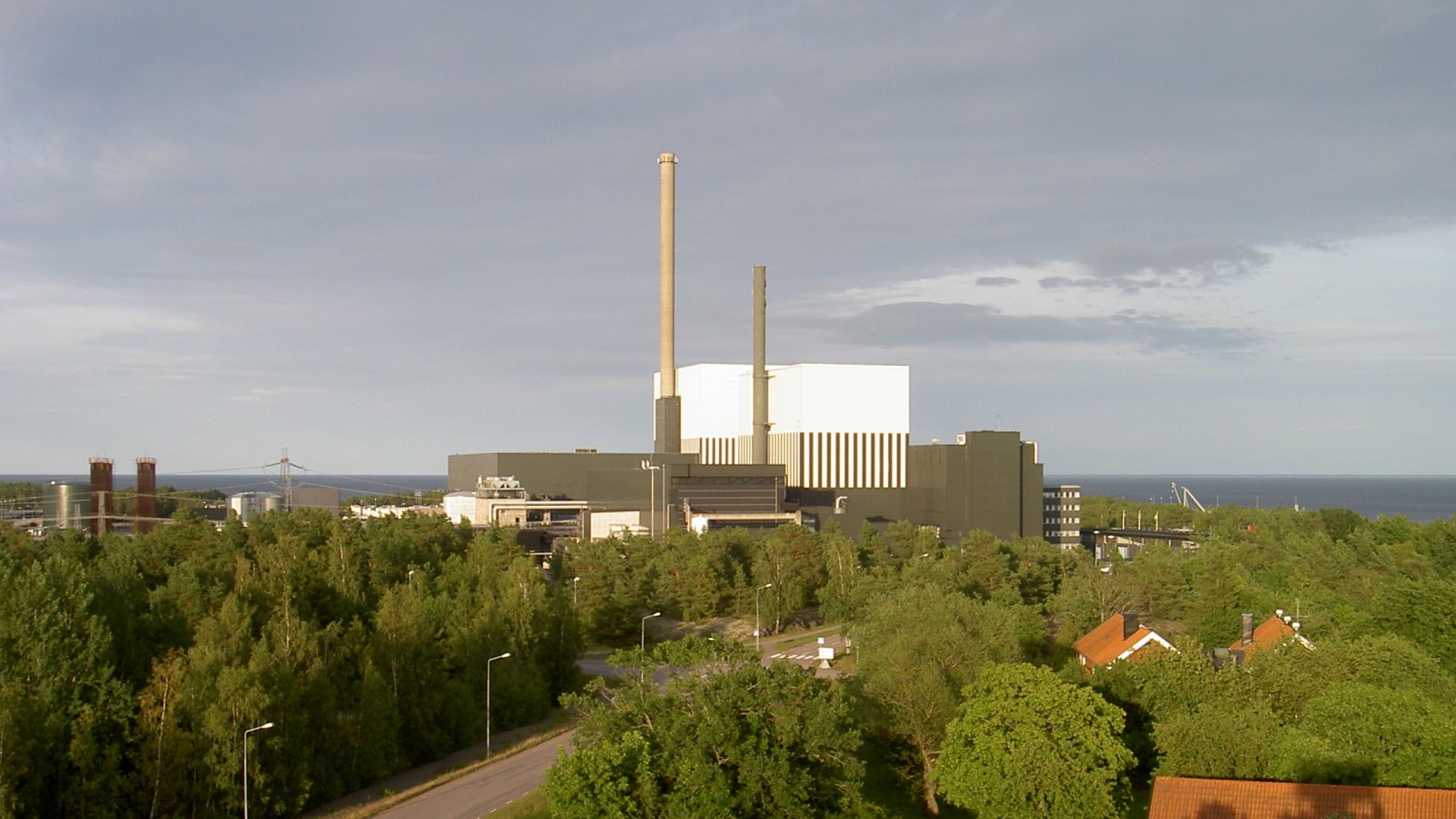
Germany’s NUKEM Technologies Engineering Services GmbH, in partnership with Uniper Nuclear Services GmbH (UNS), has successfully completed the dismantling of the fourth and final reactor pressure vessel (RPV) at Oskarshamn nuclear power plant in Sweden. The work was done as part of the UNNU Consortium, which since 2020 has been dismantling Sweden’s four RPVs—two at the Oskarshamn site and two at the Barsebäck nuclear plant site.

Craig Piercy
cpiercy@ans.org
Dear Secretary Wright:
On behalf of the U.S. nuclear professional community, I offer our sincere congratulations to you on your becoming the secretary of energy.
By now, I’m sure you have figured out that “Department of Energy” is a misnomer. If the Department of Government Efficiency ever requires truth in advertising, the DOE should be renamed the “Department of Nuclear Weapons, Security, Cleanup, and Sundry Energy and Science Programs.” That’s because more than 60 percent of the DOE’s budget is dedicated to “atomic energy defense activities”—making sure our nuclear bombs work, our aircraft carriers and submarines sail, and our Cold War messes get cleaned up.